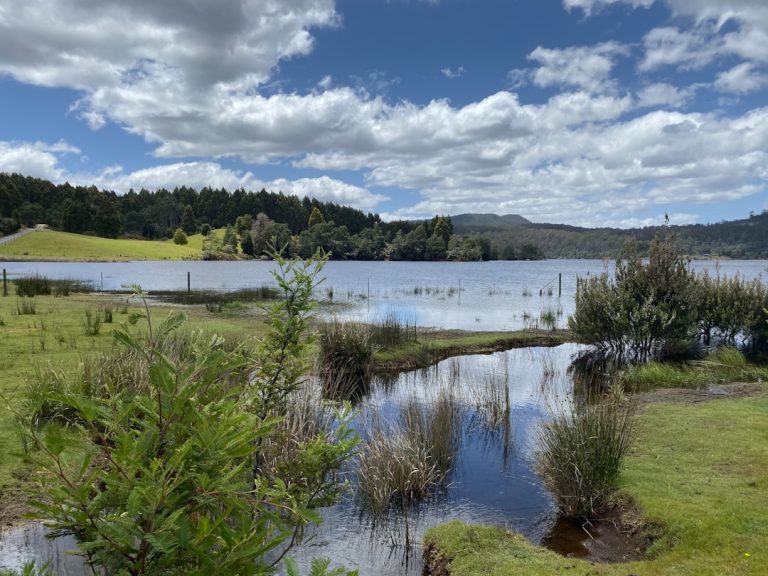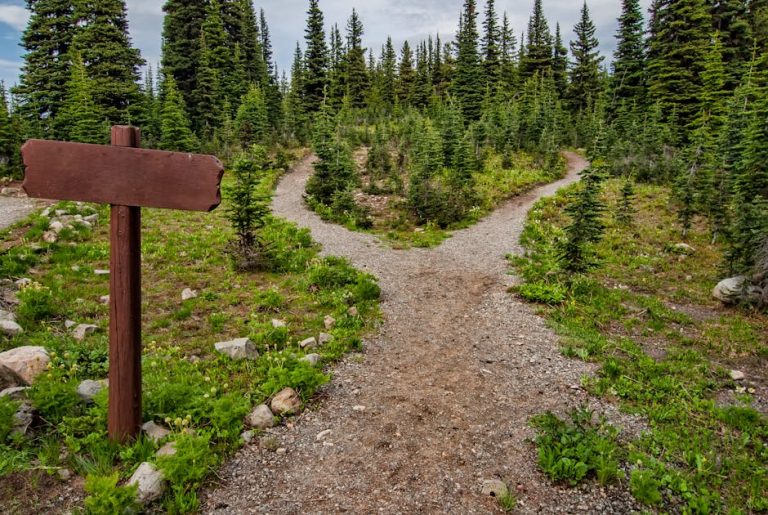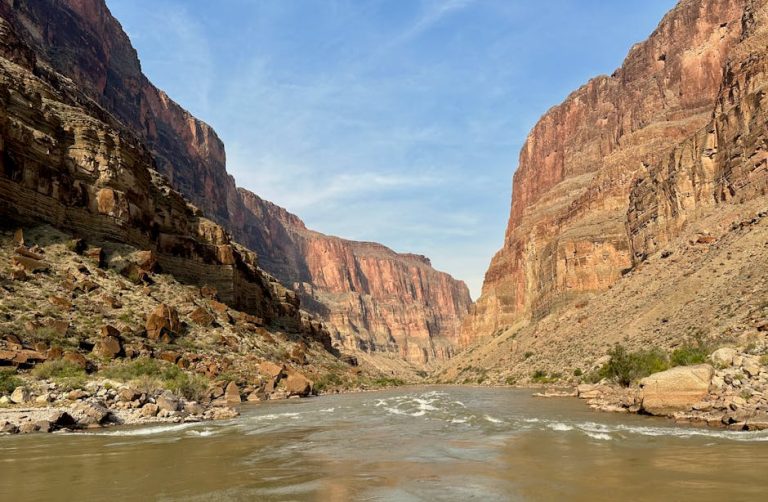Ready to explore the stunning landscapes of the Sonoran Desert? Saguaro National Park in Arizona is an amazing place to do just that! This park, split into two districts on either side of Tucson, offers incredible hiking, breathtaking sunsets, and, of course, thousands of giant saguaro cacti. Whether you’re a seasoned hiker or a first-time visitor, this guide will help you plan an unforgettable trip.

Choosing Your Side: East vs. West
Saguaro National Park is divided into two sections: the Rincon Mountain District (East) and the Tucson Mountain District (West). Both are beautiful, but they offer different experiences.
Rincon Mountain District (East): This side is known for its higher elevation and more challenging hikes. You’ll find more diverse plant life here, including pine trees as you climb higher! The East side also has the scenic Cactus Forest Drive, an 8-mile loop perfect for a leisurely drive with plenty of photo opportunities.
Tucson Mountain District (West): The West side has a denser saguaro forest and offers easier, more accessible trails. This is a great option for families with young children or anyone looking for a less strenuous experience. Don’t miss the Signal Hill Picnic Area, where you can see ancient petroglyphs (rock carvings)!
Which side should you choose? If you have time, visit both! But if you’re short on time, consider your fitness level and what you want to see. The East is better for longer hikes and mountain views, while the West is ideal for closer encounters with saguaros and easier walks.
Must-Do Activities in Saguaro National Park
No matter which side you choose, there’s plenty to see and do in Saguaro National Park.
Hiking: Hiking is the best way to experience the beauty of the park. There are trails for all skill levels, from short nature walks to challenging climbs. Be sure to bring plenty of water, wear sturdy shoes, and protect yourself from the sun.
Scenic Drives: Both districts offer scenic drives that allow you to see the park’s highlights from the comfort of your car. Cactus Forest Drive (East) and Bajada Loop Drive (West) are both highly recommended.
Wildlife Viewing: Keep an eye out for the diverse wildlife that calls Saguaro National Park home. You might see roadrunners, Gila monsters, coyotes, javelinas, and various birds. Remember to observe wildlife from a distance and never feed them.
Stargazing: With its dark skies, Saguaro National Park is a fantastic place for stargazing. Find a spot away from city lights and marvel at the constellations. Check the park’s website for ranger-led stargazing programs.
Picnicking: Enjoy a relaxing picnic lunch amidst the stunning scenery. Both districts have designated picnic areas with tables and restrooms.
Planning Your Visit: Essential Tips
To make the most of your trip to Saguaro National Park, keep these tips in mind:
Best Time to Visit: The best time to visit is during the cooler months, from October to April. Temperatures during the summer can be extremely high, making hiking and outdoor activities dangerous.
What to Wear: Wear lightweight, breathable clothing that covers your skin to protect you from the sun. A wide-brimmed hat and sunglasses are also essential. Sturdy hiking shoes are a must, especially if you plan on doing any serious hiking.
What to Bring: Bring plenty of water – more than you think you’ll need! A good rule of thumb is to carry at least one gallon of water per person per day. Also pack sunscreen, insect repellent, a map, and a first-aid kit.
Entrance Fees: There is an entrance fee to enter Saguaro National Park. You can purchase a day pass or an annual pass. The America the Beautiful Pass is also accepted.
Safety First: Be aware of the dangers of the desert, including heatstroke, dehydration, and wildlife encounters. Stay on marked trails, carry plenty of water, and let someone know your hiking plans. Watch out for cacti – they’re beautiful, but they can be painful!
Staying Safe in the Desert
The desert is a beautiful but unforgiving environment. Here are some important safety tips to keep in mind:
Stay Hydrated: Drink water constantly, even if you don’t feel thirsty. Avoid sugary drinks and alcohol, which can dehydrate you.
Protect Yourself from the Sun: Wear sunscreen, a hat, and sunglasses. Seek shade during the hottest part of the day.
Watch for Wildlife: Be aware of your surroundings and keep a safe distance from wildlife. Never approach or feed animals.
Be Aware of the Heat: Know the signs of heatstroke and heat exhaustion, and seek medical attention immediately if you experience any symptoms.
Tell Someone Your Plans: Always let someone know where you’re going and when you expect to be back.
Frequently Asked Questions
What is the best time of year to visit Saguaro National Park?
The best time to visit is from October to April when temperatures are mild. Summer can be extremely hot.
Are there restrooms and water available in the park?
Restrooms and water fountains are available at visitor centers and some picnic areas. However, it’s always a good idea to bring plenty of your own water.
Can I bring my dog to Saguaro National Park?
Dogs are allowed in some areas of the park, but they must be kept on a leash. They are not allowed on most trails.
Are there any camping options in Saguaro National Park?
Backcountry camping is allowed in the Rincon Mountain District (East) with a permit. There are no established campgrounds within the park. However, there are campgrounds located near the park.
Is there cell phone service in the park?
Cell phone service can be spotty in Saguaro National Park, especially in remote areas.
Saguaro National Park is a truly special place that offers something for everyone. From the towering saguaros to the diverse wildlife and stunning scenery, you’re sure to have an unforgettable experience. So pack your bags, grab your water bottle, and get ready to explore the beauty of the Sonoran Desert!






